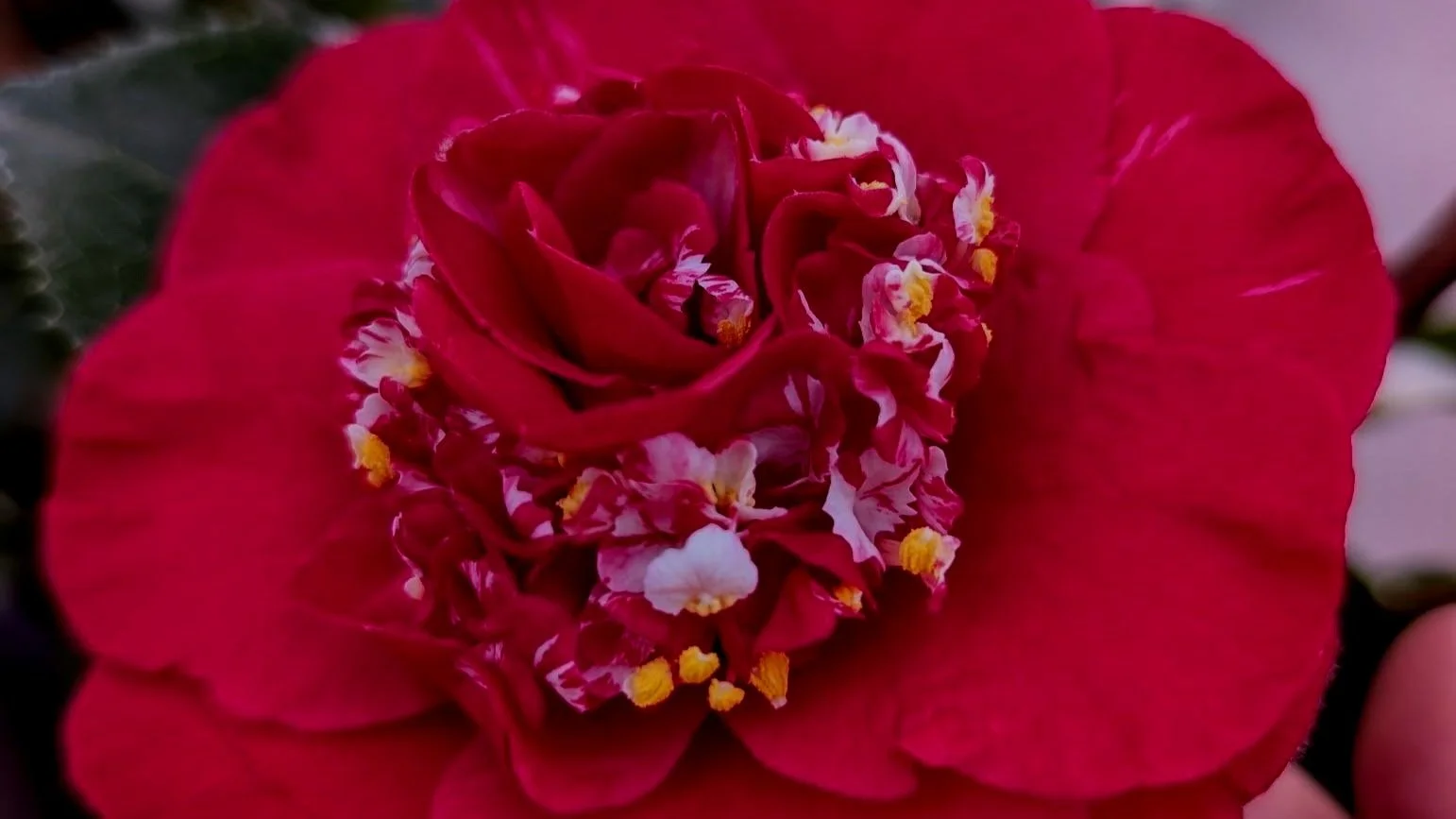Back in my hippy-dippy days of the late 60’s and early 70’s I was a devotee of the organic gardening movement with subscriptions to Rodale’s Organic Gardening Magazine along with Prevention and Mother Earth News. My favorite cook book was Diet for a Small Planet and Adelle Davis’s Let’s Eat Right to Keep Fit. I had a fabulous organic garden and a very large compost pile but my passion was far from mainstream. Fast forward 40 years and I am pleased to say that organic gardening and eating healthy have indeed become the norm and it is very gratifying to see this happening. Here is a quick overview of the essence of what organic gardening is all about. Sign up for our class this coming Saturday at 10am and learn all the ins and outs of this gardening style.
At the heart of the organic gardening movement is the acknowledgement that a healthy soil will produce a healthy plant and so as long as we focus on keeping our soil healthy we will have far less insect and disease issues to deal with and our crops will actually be more nutritious. Feed the soil and not the plant.
A healthy soil consists of a chemical, physical and biological component. The chemical part refers to the nutrient content, the physical part refers to the structure and texture as in sand, silt or clay and organic material and the biological part refers to all those microscopic critters that we can’t see but we also can’t live without. It is the biological component that for the most part organic gardening is concerned with.
We need to understand that there is a close association between plants and soil organisms. In the soil we can find fungi, bacteria, protozoa and arthropods to name a few. The fungi colonize plant roots and extend the root system into the surrounding soil. The relationship is beneficial because the plant enjoys improved nutrient and water uptake, disease resistance and superior survival and growth.
Here’s how it works. Mycorrhizal fungi attach themselves to plant roots and increase the absorptive ability of roots 10-1000 times. Mycorrhizae are capable of releasing into the soil powerful chemicals that dissolve hard to capture nutrients like phosphorus and iron. Mycorrhizae release antibiotics into the soil that immobilize and kill disease organisms. They also increase the ability of plants to take up water resulting in increased drought tolerance. Mycorrhizal fungi improve soil structure by releasing humic compounds and organic “glues” that bind soil particles into aggregates, thus improving porosity. Soils with poor porosity tend to become waterlogged and disease prone. As you can see, these little guys do a tremendous job of keeping our plants healthy and thriving.
The good news is that as gardeners we can improve the biological component of our soils by adding compost on a yearly basis and incorporating organic fertilizers like E.B. Stone Organics that have been fortified with the addition of mycorrhizae. Paying attention to the biological element of our soils is just plain good stewardship. Healthy soils make for healthy plants. Whether we are growing flowers and shrubs for our landscaping enjoyment or vegetables for our culinary pleasure, we need to remember the critical role of soil organisms. In this complex environment we live in it’s the little things that make the world go around. We’re just along for the ride. Call this week to reserve a spot in our Organic Gardening class this coming Saturday.


